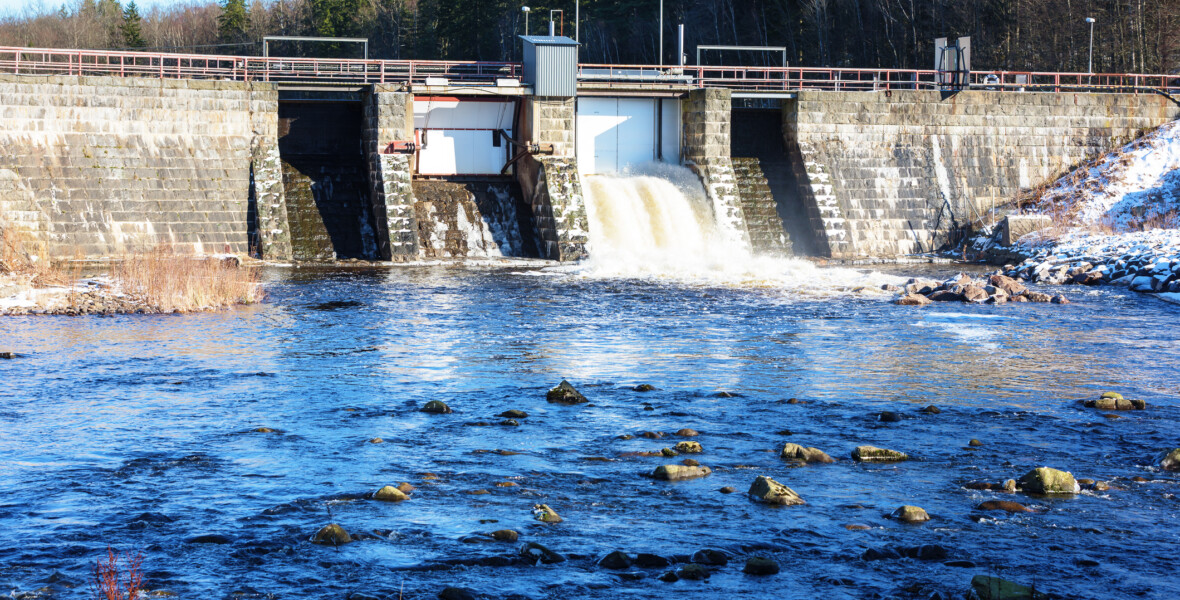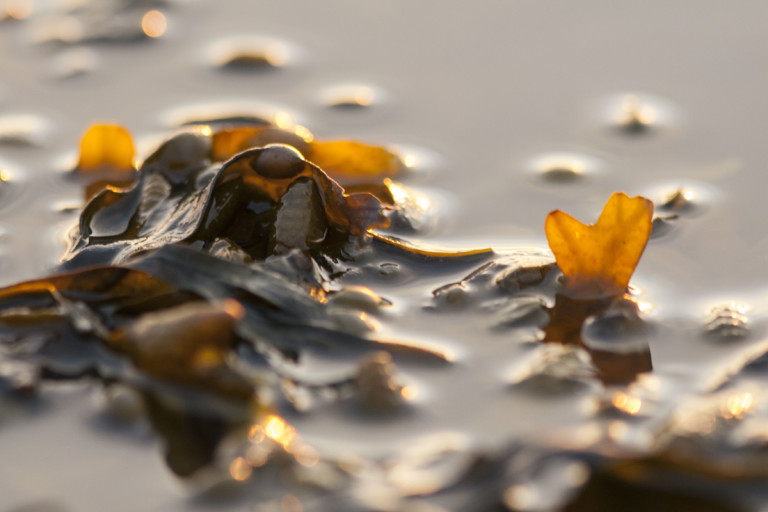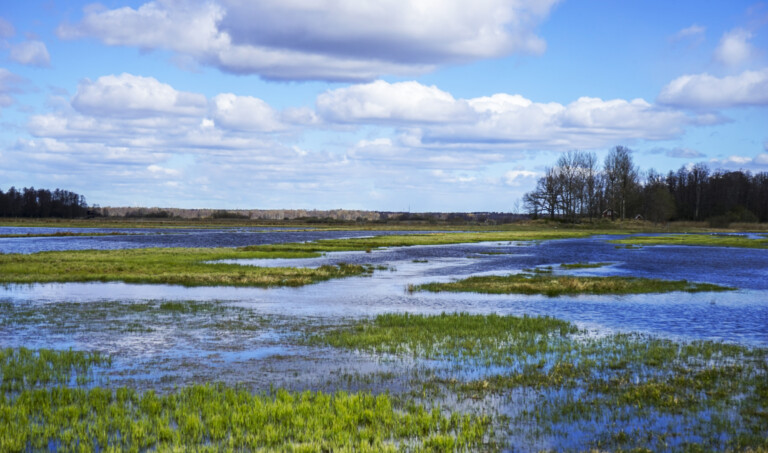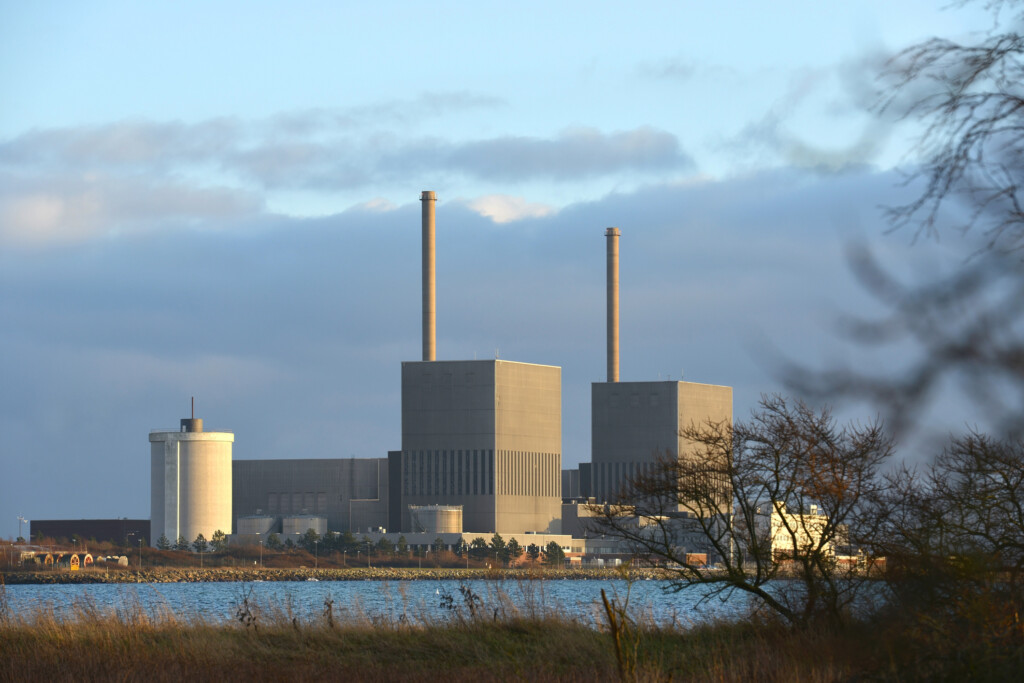Food & agriculture
Hydropower affects species beyond fish

“The salmon that can no longer migrate up the river to reproduce. That has long been the preconception of how the expansion of hydropower in Sweden’s rivers affects nature. But we should not overlook the rest of the ecosystem,” says researcher Richard Johnson. “The power companies’ dams have an enormous impact on the diversity of the riparian zone. Insects, spiders, plants – they all are important components of a functioning ecosystem.”
Subscribe to Extrakt newsletter!
Läs mer
Stay up to date! Get the knowledge, ideas and new solutions for a sustainable society.
Personal data is stored only for the mailing of Extrakt newsletters and information related to Extrakt’s operations. You can cancel the newsletter at any time, which means you will no longer receive any emails from us
Sweden has long focused on fish, especially salmon and trout, when studying the impact of hydropower on the environment. Salmon ladders and other fish passages have been common remedies, while the surrounding landscape has often been forgotten,” says Johnson, a professor at the Swedish University of Agricultural Sciences.
One reason why so many environmental measures have concerned fish is our long fishing tradition. But Johnson points out that there is also a lack of tools and methods for determining how hydropower impacts the entire ecosystem’s biodiversity in watercourses and their surroundings.
“Measuring ecological status today largely involves determining whether fish exist and whether they can migrate up and down the watercourse. This is a rough measure. Watercourses have so much life other than fish – and at least as much in what we call the riparian zone,” he says.
“Globally, the riparian zone is called a hotspot for biodiversity. Many countries have strong protections in place for this habitat, but not Sweden.”
Timely knowledge
In a new research project, Johnson and his colleagues will summarise the current state of knowledge about how hydropower affects both watercourses and their surroundings.

But they are also developing the very methods that he believes are missing, so that it will be possible to measure how hydroelectric dams impact the entire shoreline ecosystem.
He believes the timing is good because their findings will be used to reassess the environmental status of hydropower when it will be revised in 2024. To comply with the European Union Water Directive, Sweden’s hydroelectric power plants and dams will be issued modern environmental regulations, an extensive work that is expected to take about 20 years.
“Today we have tools to measure the impact of agriculture on lakes, but for hydropower such measures have been lacking. But both we and colleagues in Norway are working on these issues, and we hope to soon have methods ready.”
New technologies provide detailed knowledge
Thanks to today’s DNA technology, we are better equipped than ever to understand river biodiversity. Previously Johnson and his colleagues have looked at how hydropower expansion has impacted a number of smaller watercourses in Uppland, an area to which the new project will return.
“Among other things, we will follow the ecosystem’s food web. For example, we will study what happens to the insects that hatch by the water. Are they eaten by spiders in along the riparian zone? DNA technology allows us to analyse the contents of the stomach of a spider two millimetres in size.”
Together with research on how plants in the same riparian zones are affected and the effect on the environment when the dams release water to produce energy, the researchers can provide an overall picture of how the dams affect biodiversity and the food web.
It is disastrous for any form of life that cannot swim away from the riparian zone or burrow into the riverbed.
Previous research has shown that ecologically adapted water control — when there is always a certain amount of water flowing through the power plant — is of great benefit to animals and plants. Even so, it is still very common with what is referred to as “zero tapping” — when the turbines do not let any water through. When the price of energy is low, the hydroelectric plant stands idle, and when the price of energy peaks, all the water is released and nothing is left in the reservoirs.
“It is disastrous for any form of life that cannot swim away from the riparian zone or burrow into the riverbed. This is often related to energy prices, but in many smaller dams, ignorance is to blame. One dam area that we have been investigating was suddenly completely drained one day in the stretch below the dam. The farmer who owned the land had cut off the water upstream without understanding the impact this would have.”
No quick fix
According to Richard Johnson, about five per cent of the more than 10,000 hydroelectric dams in Sweden today account for 95 per cent of all hydroelectric power. This means that a large number of the power plant dams make a very small contribution to the country’s electricity production, especially considering the negative effects on the environment they cause. A comparison of their environmental impact and energy production should make the decision relatively easy, says Johnson.
But removing a hydroelectric dam may not be a clear-cut solution, even if electricity production is negligible. Environmental toxins or metals may have accumulated upstream and removing them is not a quick fix – it can take many years for plant and animal life to rebound.
“We also have a lot of dams with great historic value. For example, we will never remove the dam in Karin and Carl Larsson’s Sundborn. But in terms of animals and plants, it is essentially always an environmental benefit to remove such dams.”








